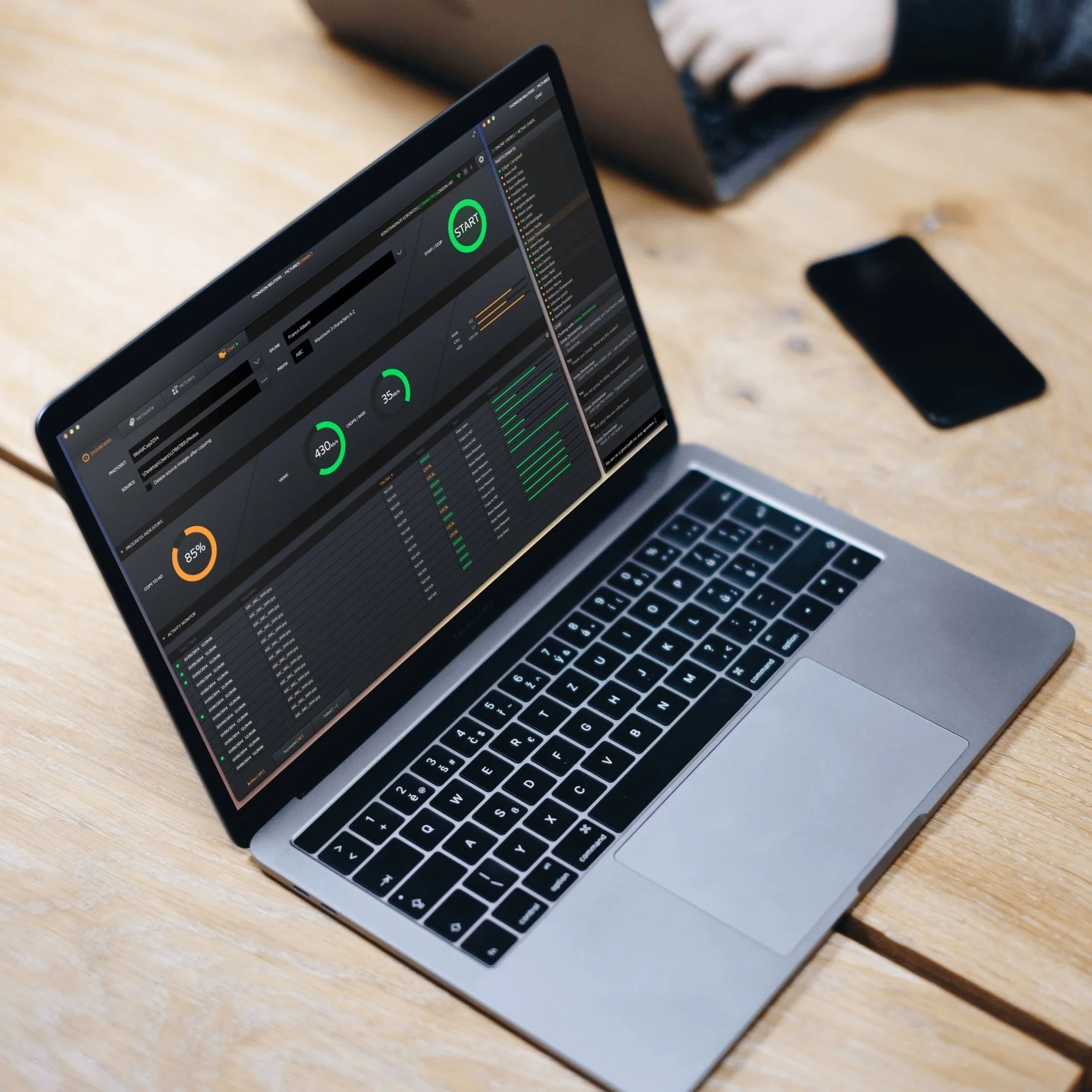PicturesConnect
by Reuters
A photographers native application accompanied by a powerful platform web based app to manage media assets of live events and news stories.
Project Check
Tools: Sketch, Adobe Photoshop, Storybook, Balsamiq
Team: 1 UX designer, 5 developers, 1 project manager
My Role: UX design, UX research, UI/Visual Design, Workshop facilitation
Timeline: Overall: 6 weeks - Discovery & Research: 2+ weeks on an iteration basis
Overview
PicutresConnect provides the capability for the Editors, photographers and viewers to cover events such as the Olympics or World Cup Football, without the need for editors to be present at the venue. It provides editor access to thumbnail images uploaded by the Photographers at the events, and enables editors to subscribe, edit and process images remotely before sending them to MDN and customer distribution.
The Challenge
The main challenge of this project was to provide pictures into the service backbone more efficiently and cost effectively to enable Reuters to beat the competition as well as manage, tag and sort assets from live event and news stories.
The Key Goals of the project:
The ability to attend large and small events without installing the resources at the location of the event.
Enable a number of small events to be edited or managed by one editor in a remote location.
Instantaneous access to the thumb nail images taken by photographers at the event, selectively or as a whole, to send for further processing by the editors covering the event.
All the users logged into the system can communicate with each other using in-built instant messaging facility.
The first stage of this UCD approach included background analysis of current system, technology infrastructure.
Discovery & Research
Through field (observational), ethnographic and usability research the creation of personas was put together (in conjunction with other TR products) and the first iteration of work-flows and user journeys were put together to understand better the needs of the user groups.
The next phase of the design process included a number of low wire-framing iteration and reviews with a selected group that matched the personas. At this point a number of functional prototypes were constructed to test the larger scale workflows but also, based on the wireframes, test certain interaction and micro-interactions.
Another task was to create a set of new UI components. Those were implemented with the validated designs and prototypes and in an agile approach were pushed through to the development pipeline.
Outcomes & Lessons Learned
One of the particulalry challenging aspects of this project was the technbology used for the native application. Done originally in Java and with no scope or budget to change the underline technology, two of the key learning from this were:
Never assume everything can be translated - from UX/UI to development. Therefore always communicate with the development team to achieve the desired and designed output with as much as close proximity to the desired one as possible.
Translate user needs to the best of the abilities. One of the key complaints for users was the amount of errors they were getting on the system. The original scope tried to focus on optimisation and technology, while the simple solution was having an effiecient hard disk drive remaining space gauge to let know user when to change a drive.
Post release of the applications I revisited the project and measured 80% in user satisfaction using NPS and overall an increase in usability by 68%. The tool is still used today with impressive success.
Would like to see and know more about this project?









